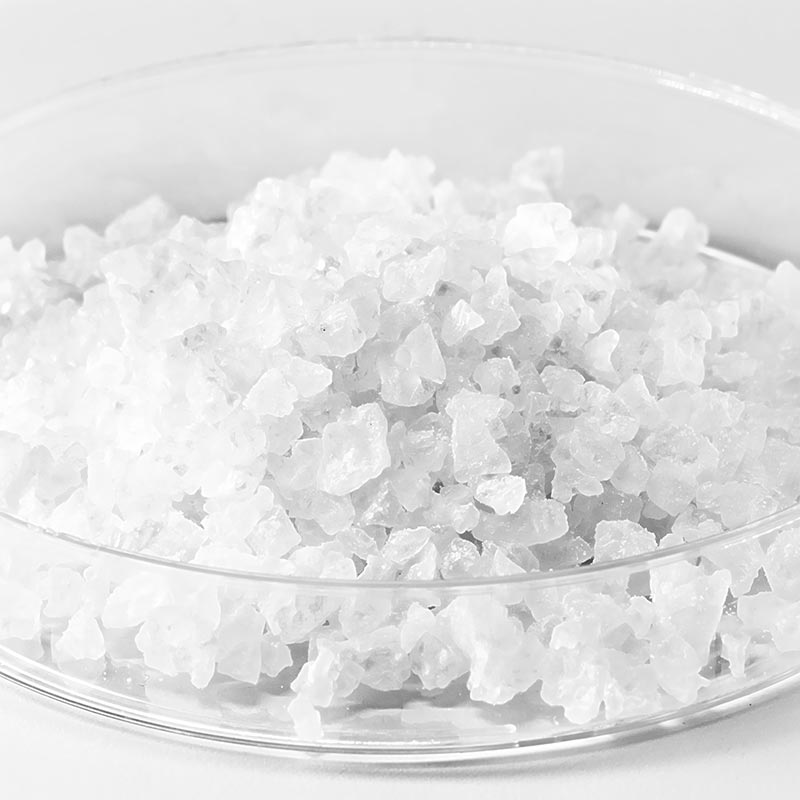
SILVER NITRATE
D.F. Goldsmith Chemical & Metal Corp. stands as a distinguished leader in the chemical industry, boasting a rich legacy of over 60 years as a premier supplier of Silver Nitrate. With a steadfast commitment to quality and excellence, the company has solidified its position as a trusted source for this versatile compound.
The company’s longevity in the industry speaks volumes about its reliability and commitment to innovation. D.F. Goldsmith Chemical & Metal continues to play a pivotal role in advancing scientific and industrial processes by providing a crucial component that has been integral to photography, medical treatments, and analytical procedures for decades.
In addition to supplying Silver Nitrate, D.F. Goldsmith Chemical & Metal prides itself on maintaining stringent quality control measures throughout its production and distribution processes. This ensures that customers receive a product of exceptional purity and consistency, meeting the exacting standards of various applications.